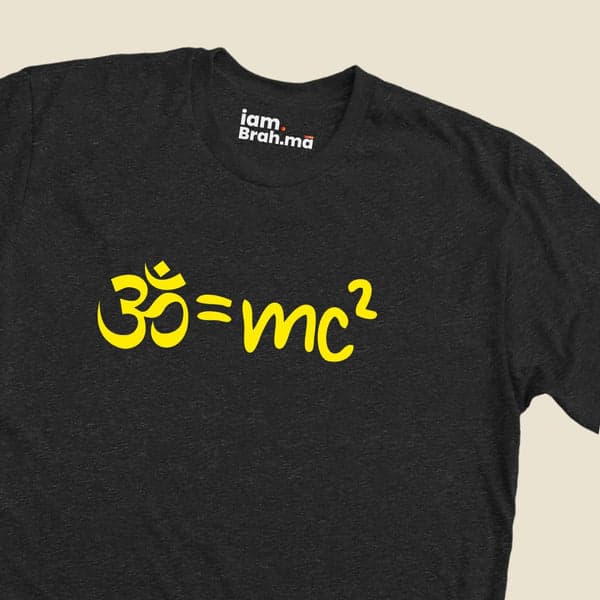Srimad Bhagvatam
Bhagavata Purana also known as Śrīmad Bhāgavata Mahā-purāṇa, Śrīmad Bhāgvatam or Bhāgvata, is one of Hinduism's eighteen great Puranas.It promotes bhakti (devotion) to Krishna integrating themes from the Advaitha(monism) philosophy of Adi Shankara, Vishisthadvaita (qualified monism) of Ramanujacharya and Dvaita (dualism) of Madhavacharya. Bhagvata Purana is not the same as Bhagvad Gita.

0
Srimad Bhagvatam, also known as the Bhagavata Purana, is a revered Hindu scripture that holds a significant place within the Vaishnavism tradition. It is considered one of the eighteen Mahapuranas, ancient texts that contain stories and teachings related to various aspects of Hindu mythology, cosmology, and philosophy.
The Srimad Bhagvatam is divided into twelve books (Cantos) and consists of approximately 18,000 verses. It primarily focuses on the life and teachings of Lord Krishna, one of the incarnations of Lord Vishnu. The scripture is believed to have been compiled by the sage Vyasa.
Key aspects of the Srimad Bhagvatam include:
**1. Bhakti (Devotion)**: The Bhagvatam places a strong emphasis on devotion (bhakti) as the path to attain union with the divine. It describes various forms of devotional practices, such as hearing and chanting the glories of the Lord, engaging in service, and cultivating love and surrender.
**2. Krishna's Childhood and Pastimes**: The Bhagvatam narrates enchanting stories from Krishna's childhood and early life, known as lilas. These stories depict Krishna's divine playfulness, miracles, interactions with devotees, and his ability to captivate hearts through his divine presence.
**3. Philosophical Teachings**: The scripture delves into philosophical concepts and metaphysical truths, including the nature of the soul, the concept of God, the illusion of material existence, karma (law of cause and effect), and the ultimate goal of life – attaining spiritual liberation and eternal bliss.
**4. Divine Forms and Incarnations**: The Bhagvatam acknowledges the existence of multiple divine forms and incarnations of Lord Vishnu, highlighting the divine manifestations and their purposes in the cosmic order.
**5. Universal Creation and Cosmology**: It presents cosmological descriptions, including the process of universal creation, the various realms of existence, and the cycles of creation, maintenance, and dissolution.
**6. Stories of Devotees and Saints**: The Bhagvatam includes narratives of devotees and saints who embody different paths of devotion and provide inspiration and guidance to seekers on their spiritual journeys.
**7. The Bhakti Yoga Path**: The Bhagvatam emphasizes the practice of Bhakti Yoga as the most accessible and effective path for spiritual realization in the current age, known as Kali Yuga.
The Srimad Bhagvatam is highly revered by followers of Vaishnavism and has had a profound influence on Hindu culture, literature, art, and devotional practices. It is regarded as a repository of divine wisdom and a guide for seekers of spiritual enlightenment and divine love.
...




